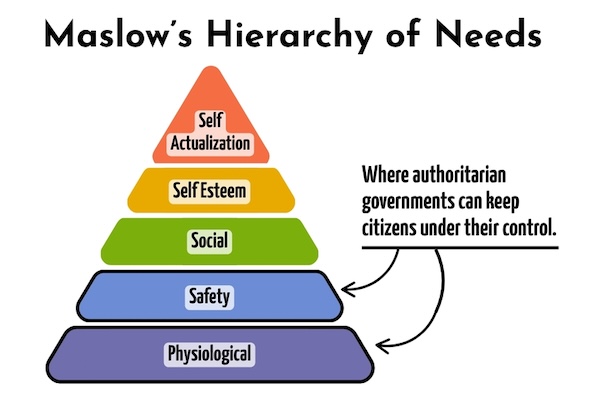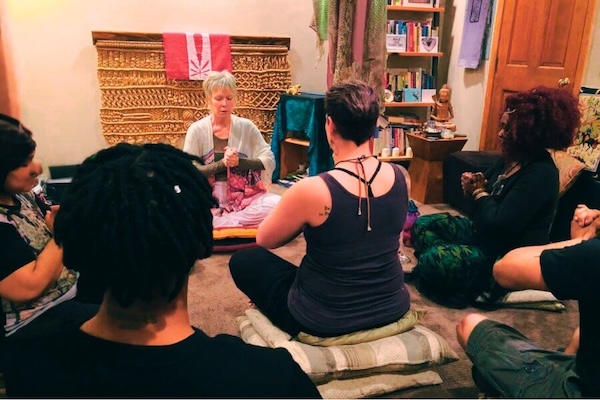How do you present yourself to the outside world?
Personally, I used to hide my emotional pain and look normal enough. Professional, successful, measured. But behind that facade lived my wounded self.
When something or someone said or did something that triggered me, that wounded self seized me like the Incredible Hulk hijacking the mild mannered Bruce Banner and lashing out.

These patterns – where emotion ruthlessly takes over – are all anchored in trauma
For you, it might have been “little things” that you’ve put out of your head and don’t even think of as trauma. Other people can be devastated by them and carry a painful trauma burden that’s never far from the surface. We’re all somewhere on that spectrum.
There is much about our brain and mind health that we don’t know. However, in the arena of neurology and psychology we’re finally understanding the scope of trauma, which is very much involved with our nervous system.
Trauma is a much more wide-ranging experience than what we’ve been led to believe from our conventional definition of it.
Most of us think of trauma as some overwhelming jolting event or on-going series of abuse, neglect, rejection – and that’s certainly trauma. But it can also be more insidious coming as a result of not being valued or respected as a child. In this kind of environment our boundaries are often violated and we may not have had a trusted adult to guide us in how to be aware of our emotions that are coming up or how to process them.
I know back in the day this was something I wrestled with. As a child, “good” feelings like being joyful or loving were always welcome, but being afraid or nervous or sad or (especially) angry – those emotions were not welcome. A stern voice could boom out, “snap out of it!” or “quit whining.” OR maybe you were simply ignored and you just sucked it up.
That can be traumatic – whether you’re aware of it or there are patterns that indicate it.
Indications of trauma
The patterns in your life can tell you whether you’re wrestling with trauma. And here are a few indications:
- If you experience social anxiety, you might find yourself hyper-vigilant in a group scoping out the situation and monitoring what you believe others are thinking about you.
- Or you have an overwhelming desire for people to like you… whether it’s friends, romantic partners, or people you work with. You may be thinking “do they like me?” rather than feeling into whether you like them because acceptance – generally any acceptance – is so important to you.
- Another sign of trauma you might not be aware of is that there’s a sense of not feeling safe in the present. It may not occur to us, but subconsciously we don’t want to be here. You might notice a constant need for distraction – like being on social media so that you don’t have to face this moment for whatever reason.
- Many find themselves kind of tuning out – putting themselves someplace else. This is called dissociation. This was a big one for me!
- An on-going inner critic hooks us with stories that we make up about comparison and self-judgment… envy and jealousy. And social media offers up a buffet of ways to judge and compare, doesn’t it? And again you might not have a memory of anything in particular to connect these behaviors with. We just know that we move around with this sense of feeling less than about ourselves.
If you resonate with what I’m talking about, I invite you to let me know by dropping down to the comments section. What’s your take on trauma? Where do you land with what I’m saying?
Tools to re-create yourself
When we talk about “losing it,” what we’re often witnessing is the nervous system in survival mode. The good news? Your brain and body are designed to adapt. With the right support and consistent practice, you can rewire your nervous system toward calm, safety, and emotional resilience.
This is what I teach through short, focused active meditation practices. These aren’t just feel-good exercises – they’re grounded in what we now understand about neuroplasticity: the brain’s ability to change and form new patterns. You can explore some of these free practices right here. I encourage you to do these daily – they can make a real difference over time.
The process isn’t instant, but it is real. With patience and repetition, you’re teaching your system a new baseline – one that’s less reactive, more grounded, and better able to meet life’s challenges. This is how you’ll find the more authentic and connected version of yourself that’s been waiting to emerge.
With Love,
Becca

P.S. As an emotions therapist, I (and my students) find that by including the judicious use of cannabis and psilocybin microdosing in this work can make the healing more efficient and effective. My personal sessions and Sacred Medicine Retreats* always include the training necessary to amplify with these plant medicines.
*I’ve curated two affordable retreats for this May that are short but powerful experiences in a luxury villa (because let’s be honest, I’ve done my time in dorm-style retreats – you too?) I’m guiding this intimate and rejuvenating over 2 nights/3 days – so that my participants can take some time to explore the Algarve (or other parts of Portugal) before or after our time together. Take a look and see how this resonates for you and I’m happy to have a chat for questions you might have!






Hey Rebecca,
Thanks for the article. It was truly a good reminder on how experiences in trauma can be so “dark”. For me, my personal “helper” is Somatic therapy” it’s been a wonderful vehicle for me to heal the darkness of trauma! We are so blessed with so many ways to help us through our healing. These “roads” I urge common suffers to take! Thank you for all you do to help humanity heal!! ❤️ Kery
Kery, I’m right there with you! ❤️ Somatic therapy is such a powerful way to bring the body into the healing conversation — especially when trauma has left us feeling all over the place, fragmented, or stuck. It really is about helping the nervous system complete those stress or threat responses that got interrupted, and that in itself can be incredibly freeing.
There are many somatic approaches out there, and as you know, in my own work I love weaving them together with emotional release practices and expanded states of consciousness. That combo can open up beautiful space for the kind of inner liberation you’re talking about.
I’m grateful we have so many healing “roads” available to us — and I love to hear how somatic work has supported you. It’s pivotal to connect with others who are walking this path with intention.